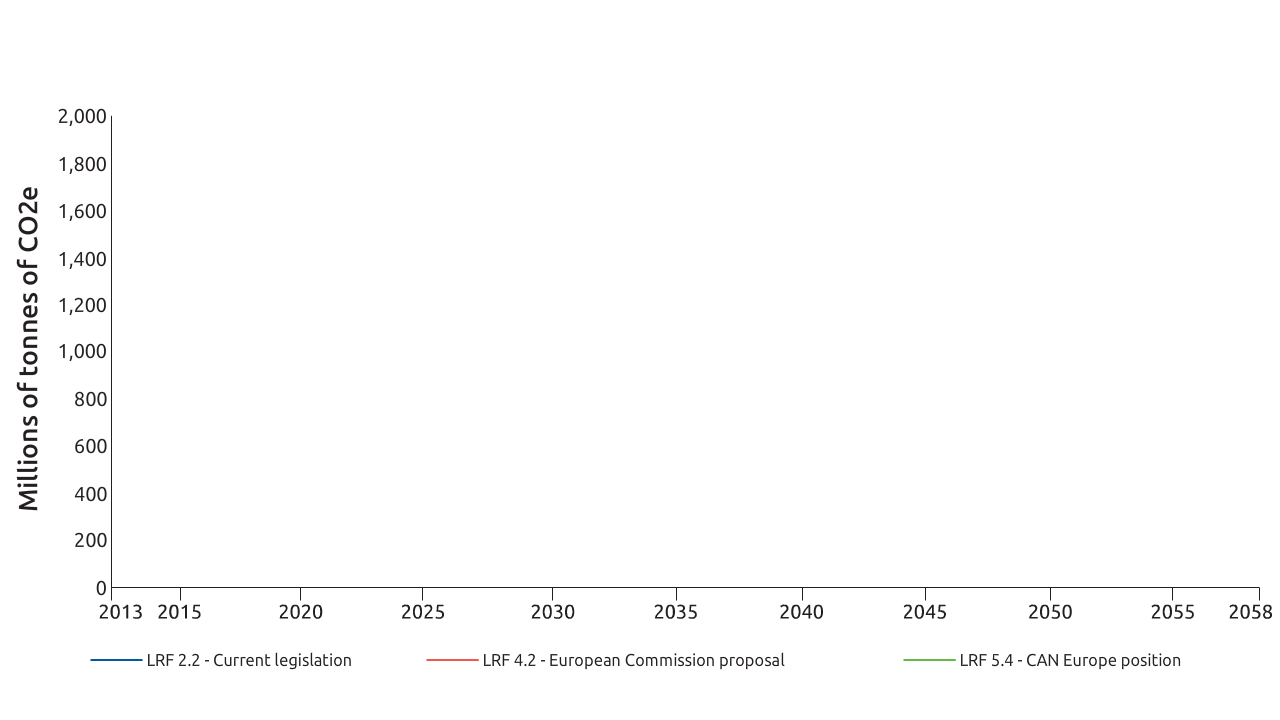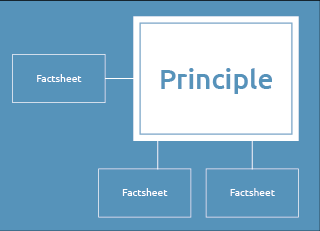SUMMARY
Using trading to price carbon emissions is a promising abatement tool as long as emissions limits are in line with decarbonization timelines. Practical considerations such as cross-sectoral effects and market failures create the need to balance pricing with complementary policy measures to achieve decarbonization at the lowest reasonable cost. Collections from pricing should be earmarked for measures to mitigate adverse effects on energy-poor households.
WHAT
Effective carbon pricing
HOW
Institute an aggressive emission cap coordinated with smart complementary policies
WHO
EU, Member States
WHEN
Ongoing
Emission of greenhouse gases is a classic example of a market externality in which a real reduction in social welfare is not internalised in market prices. Externalities can be internalised either by regulatory measures and/or by administrative pricing. Pricing, in turn, can be achieved either by taxing emissions at a level determined to reflect the social cost of carbon or by limiting overall volume to what is deemed an acceptable level and allowing market trading to determine the price. Both approaches rely on complex sets of governing judgments.
In addition to numerous regulatory measures, the EU has opted for pricing via trading for the power sector and major industrial emitters and plans to extend it to heating and transport emissions. Emissions trading in theory yields a price that supports the lowest cost pathway to the volume cap. In practice, the elegant allocative efficiency sought by this approach is difficult to achieve, given:
- Timing uncertainties and uneven application of volume limits (e.g., limited sectoral coverage).
- Interaction between sectors (e.g., the pathways to electricity decarbonisation and how they interact with development of electric and nonelectric options in transport).
- Interaction with regulation (e.g., if a regulation’s reduction in the demand for emissions allowances is not well accounted for).
As a result, relying strictly on carbon market outcomes may offer the illusion of least-cost abatement, when complementing trading with direct regulatory approaches (such as efficiency standards) might be more cost effective. This is especially apparent when considering electrification, where high electricity prices driven by inefficiently high carbon prices can make beneficial electrification appear artificially costly relative to alternatives.
It is essential that policymakers consider how the introduction of carbon pricing or rising carbon prices affect low-income and energy-poor customers (see Equitable Social Outcomes factsheet). It is these most burdened households that also have the least agency to make investments or adopt behavioural changes in response to the price, leading to harmful energy rationing. Where these burdens cannot be avoided, policies must be in place to insulate low-income and otherwise burdened households from high prices whilst enabling them to decarbonise. Revenues from carbon pricing policies should be ring-fenced for redistributive and carbon-saving purposes. One UK study found that reinvesting revenues into an energy efficiency programme generated up to nine times the carbon savings that pricing alone would deliver.
The impact of the LRF on the stationary EU ETS cap trajectory

Source: LIFE ETX. (2022). EU ETS 101 – A beginner’s guide to the EU’s Emissions Trading System.
Key Recommendations
- Set a volume limit that declines at a rate sufficient to achieve an acceptable end stage on an acceptable timeline and assess its validity periodically.
- Extend the emissions pricing regime to cover as much of the economy as possible, including imports, and where other pricing mechanisms are necessary, ensure they are strongly linked.
- Where cost-effective abatement options are affected by market barriers (e.g., barriers to exit by high-emission-generating plants), consider complementary policies that are as technologically neutral as possible, are periodically reviewable and are as demand driven as practicable (e.g., net zero energy portfolio standards for retail electricity suppliers; see Accelerated Overcapacity Exit factsheet).
- Ring-fence revenues from carbon-pricing policies for redistributive and carbon-saving purposes.
References and Further Reading
- Sunderland, L & Cowart, R. (2019). Carbon revenues for a just transition. Regulatory Assistance Project.
- European Commission. (2020). Commission Decision (EU) 2020/1722 of 16 November 2020 on the Union-wide quantity of allowances to be issued under the EU Emissions Trading System for 2021.
- LIFE ETX. (2022). EU ETS 101 – A beginner’s guide to the EU’s Emissions Trading System.
- Wiese, C., Cowart, R. & Rosenow, J. (2018). Carbon leverage: Investing Europe’s carbon revenues in energy efficiency. Regulatory Assistance Project.
- Published:
- Last modified: August 13, 2024

 Quick guide on how to use this website:
Quick guide on how to use this website: